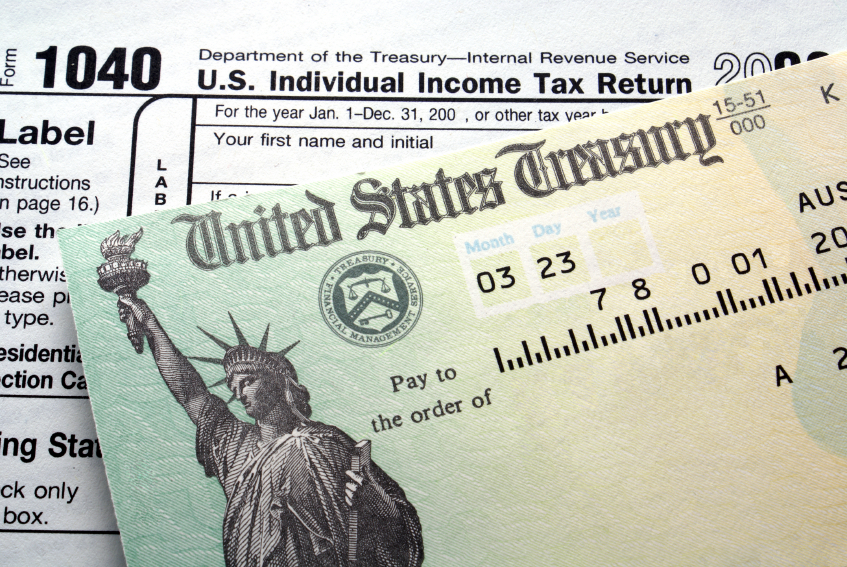Security clearances were granted or approved for roughly 83,000 Department of Defense (DOD) and employee contractors who together owe more than $730 million in federal tax debt, according to a report by the Government Accountability Office.
This bewildered many to learn that the tax cheats were working underneath the government’s own roof. One agency is working to prevent these evasions from happening again.
Steve Lord, Managing Director for Forensic Audits and Investigations at GAO, spoke with Chris Dorobek on the DorobekINSIDER program about how his agency can do a better job at catching tax cheats.
The GAO decided to use big data to tackle the project.
“We have an advanced data analytics unit where we can match IRS tax records against DOD clearance holders,” said Lord.
The initial findings were met with public disapproval over so many government workers refusing to pay taxes, but Lord says they weren’t the only culprits.
“About half of the individuals with tax debt were contractors, not federal employees,” said Lord. “The good news is about 40% of these 83,000 individuals are in a repayment plan with the IRS, which is a good sign.”
A few tax evasions may have gone unnoticed, but the GAO noticed a pattern that costs the government a large amount of money.
“It’s important to point out that we identified 83,000 DOD employees, although, that’s only a small percentage of the 3.2 million clearance holders. But we believe it’s something to flag and to study in more detail. The median debt amount is about $2,700. But if you total it up, it is a significant sum of money,” said Lord.
Lord’s agency can’t take all of their data at face value. Sudden changes in tax status isn’t always a precursor to tax fraud.
“Obviously if you go through a change a life scenario, say you go through a divorce, your spouse dies, you inherit a large property, I mean your tax status can change,” said Lord. “And we didn’t think it was fair to pick up people who were in early stages of determining what their tax debt was so we looked at ones where the IRS had already worked through the process and found these individuals did in fact owe federal taxes.”
But just because you sign up for federal employment doesn’t mean you sign away your privacy rights. Lord spoke of the tight rope routine his agency faces while retrieving the information while not being too invasive.
“We thought it’d be great if the IRS could share some of their very sensitive tax information, with executive agencies as they go through the security clearance process,” said Lord. “There are restrictions on what they can share under Section 61 that’s via the tax code. The IRS is very careful not to share any of this information, unless it’s explicitly authorized under current law.”
Privacy concerns shouldn’t lead to more red tape. The GAO is reevaluating their current process so they can comb through data more efficiently.
“Under the current security clearance process you’re reinvestigated either every 5 or 10 years, depending on what type a clearance you had,” said Lord.
This manual process, requiring the applicant to divulge their information for only a limited time, is both time consuming and imprecise. The GAO searched for a process that would continually check for changes automatically instead of manually in order to minimize periods of vulnerability.
“The problem with the current process is it’s not continually updated on a real time basis, your tax debt status. You could go several years without, conceivably without anyone being aware you had a significant change in your tax debt status,” said Lord.
While the process may not be complete until 2017, the project will show a vast improvement on the current model.
“It’s very powerful evidence to use to help convince someone to make the process work better,” said Lord. “So, these are big numbers, and we did it just by matching. And again, this is just a DOD, you know, one agency, this is what we found.
We’re not the adjudicator, we’re just the investigator.”




Leave a Reply
You must be logged in to post a comment.